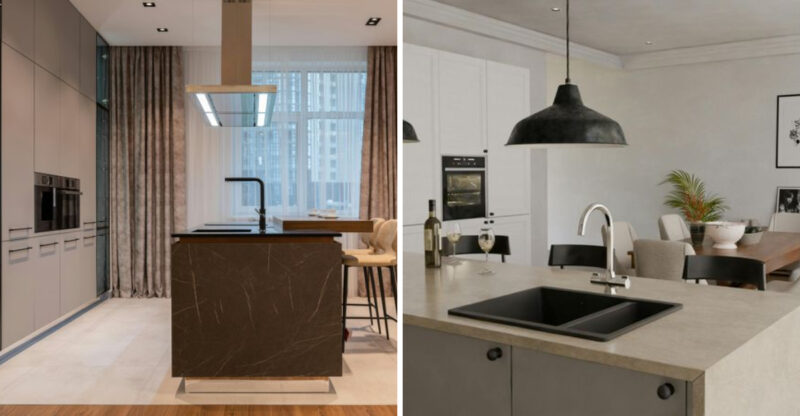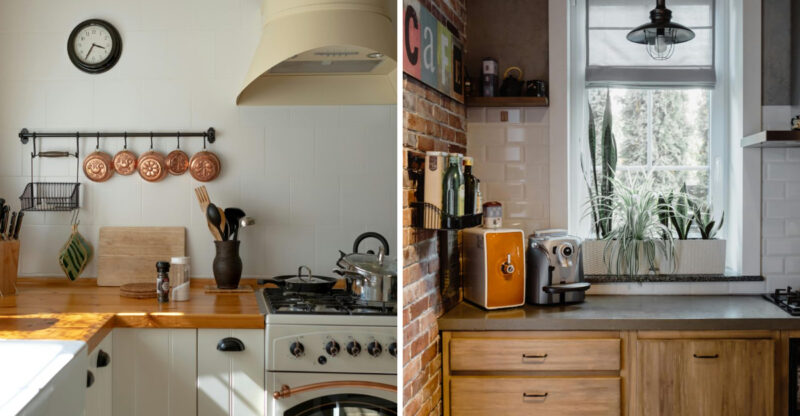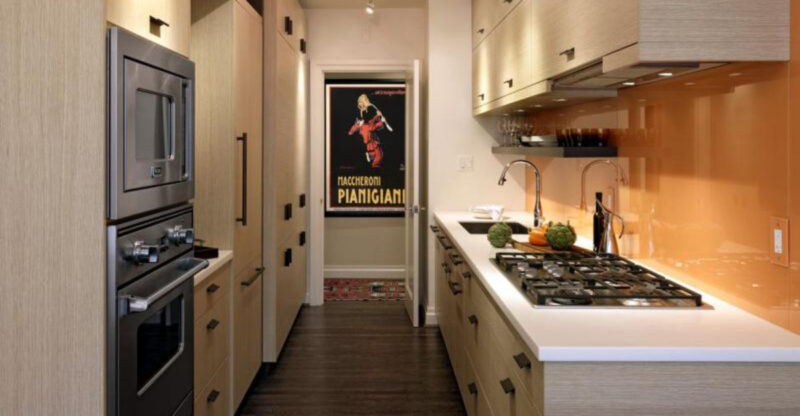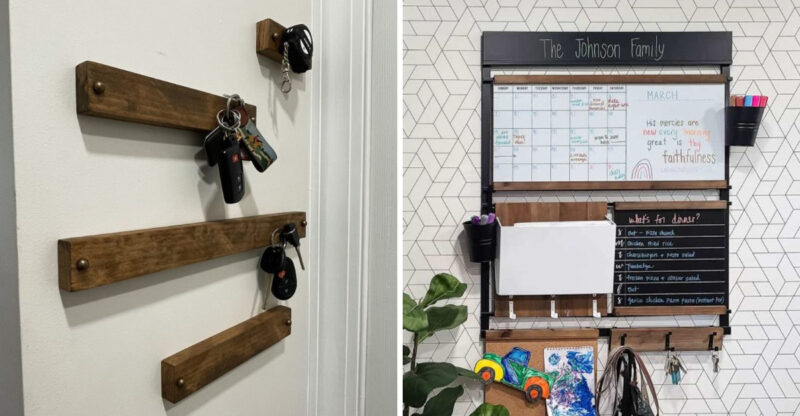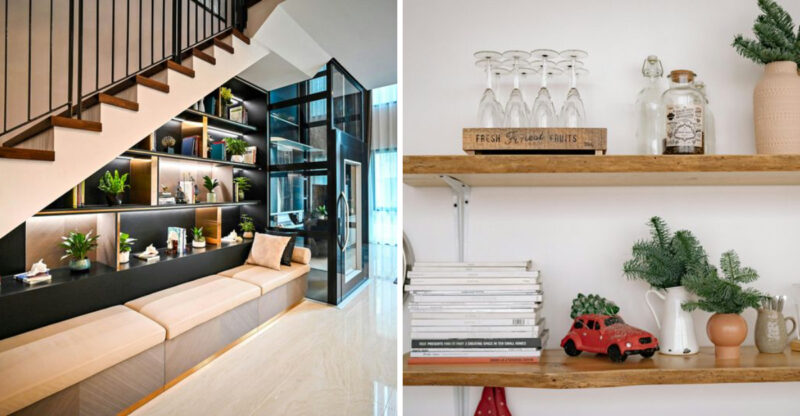Is Concrete The Right Choice For Your DIY Countertop? 7 Key Pros And Cons
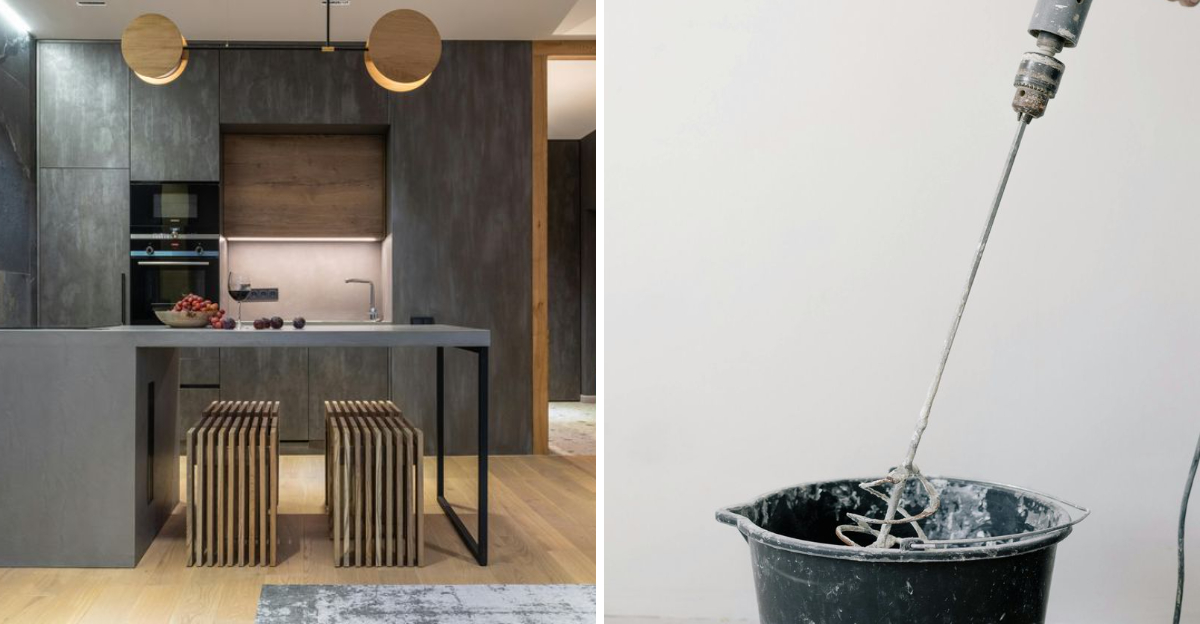
Have you ever admired the sleek, modern look of a concrete countertop and wondered if you could make one yourself? Concrete has become a favorite among DIY enthusiasts for its versatility and custom feel, but it’s not without its challenges.
From affordability and design flexibility to weight and maintenance, there are some key factors to think about before diving in.
I’ll walk you through the biggest pros and cons so you can decide if concrete is the right fit for your project. This information is for general guidance only and not a substitute for professional advice.
1. Durable And Long-Lasting
When properly installed, these sturdy surfaces can outlast many alternatives on the market today. Concrete countertops develop character over time rather than wearing out. Think of them as the cast-iron skillet of kitchen surfaces!
Unlike laminate, which peels or tiles with cracking grout, concrete forms a solid, continuous surface that stands up to daily abuse. The material actually strengthens with age through a process called carbonation.
Dropped a heavy pot? No problem! Minor chips can be repaired without replacing the entire countertop. This resilience makes concrete particularly appealing for busy kitchens where durability matters most.
2. Heat-Resistant Surface
Hot pans straight from the oven? No sweat! Concrete handles heat like a champion, sparing you those panic moments when someone sets down a scorching dish without a trivet.
The thermal mass of concrete countertops works to your advantage in the kitchen. Unlike plastic-based surfaces that can melt or warp, concrete remains unfazed by temperatures that would damage other materials.
This heat resistance stems from concrete’s origins, after all, it’s the same stuff used in kilns and fireplaces! For serious home cooks who regularly work with high temperatures, this quality alone might justify choosing concrete.
3. Affordable Materials
If you’re watching your renovation budget, concrete delivers serious bang for your buck. The raw materials cost significantly less than marble, quartz, or high-end granite. We’re talking dollars versus hundreds per square foot!
Concrete countertops primarily consist of cement, sand, and aggregate, all readily available at any home improvement store. Even when adding pigments, sealers, and forms, you’ll spend a fraction of what prefabricated options cost.
Where concrete truly shines financially is for odd-shaped spaces or large islands that would require expensive custom stone cuts. Your wallet will thank you while your kitchen looks like a million bucks!
4. Customizable Design And Finish
Ever dreamed of a countertop that perfectly matches your unique style? With concrete, your imagination is the only limit! The material can be tinted virtually any color using dyes or pigments.
Concrete countertops allow for creative inlays too, embed shells, glass pieces, or even LED lights for a truly one-of-a-kind surface. You can also manipulate the texture from glass-smooth to intentionally rustic.
Unlike prefabricated options, this material lets you customize every aspect from thickness to edge profile. That’s why concrete has become the darling of design-conscious DIYers who refuse cookie-cutter solutions.
5. Requires Careful Sealing To Prevent Stains
Though gorgeous, concrete’s naturally porous surface acts like a sponge for wine, oil, and that spaghetti sauce that jumped out of the pan. Without proper sealing, your beautiful countertop becomes a permanent record of every kitchen mishap.
Sealing isn’t just a one-time affair either. Depending on use, you’ll need to reseal every 1-3 years to maintain stain resistance. Miss this maintenance window and you might face stubborn discoloration.
The type of sealer matters tremendously too. Food-safe epoxy sealers offer the best protection but can affect the natural look that attracted you to concrete in the first place. It’s an ongoing relationship, not a set-it-and-forget-it solution.
6. Heavy Weight May Need Extra Support
Whoa, these babies are hefty! Concrete countertops typically weigh 20-25 pounds per square foot, about twice as heavy as granite. Your existing cabinetry might need reinforcement before installation.
Standard kitchen cabinets aren’t always designed to support this substantial weight. I’ve seen beautiful concrete installations develop cracks simply because the underlying structure couldn’t handle the load.
For islands, especially, additional support posts or brackets often become necessary. This hidden cost surprises many DIYers who budget for materials but forget about structural modifications. Consider this weight issue early in your planning process!
7. Labor-Intensive And Time-Consuming To Install
Ready for a workout? Creating concrete countertops demands significant physical effort and time commitment. Between building forms, mixing concrete, pouring, vibrating to remove air bubbles, curing, and finishing, you’re looking at a multi-week project.
The learning curve can be steep, too. First-timers often encounter issues with proper consistency, color mixing, or achieving that perfectly smooth finish. Concrete requires patience as it needs 28 days to reach full strength.
Unlike quick-install options, concrete demands multiple steps with waiting periods between each. Weekend warriors beware, your kitchen might be under construction longer than anticipated! This isn’t a project for those seeking instant gratification.

